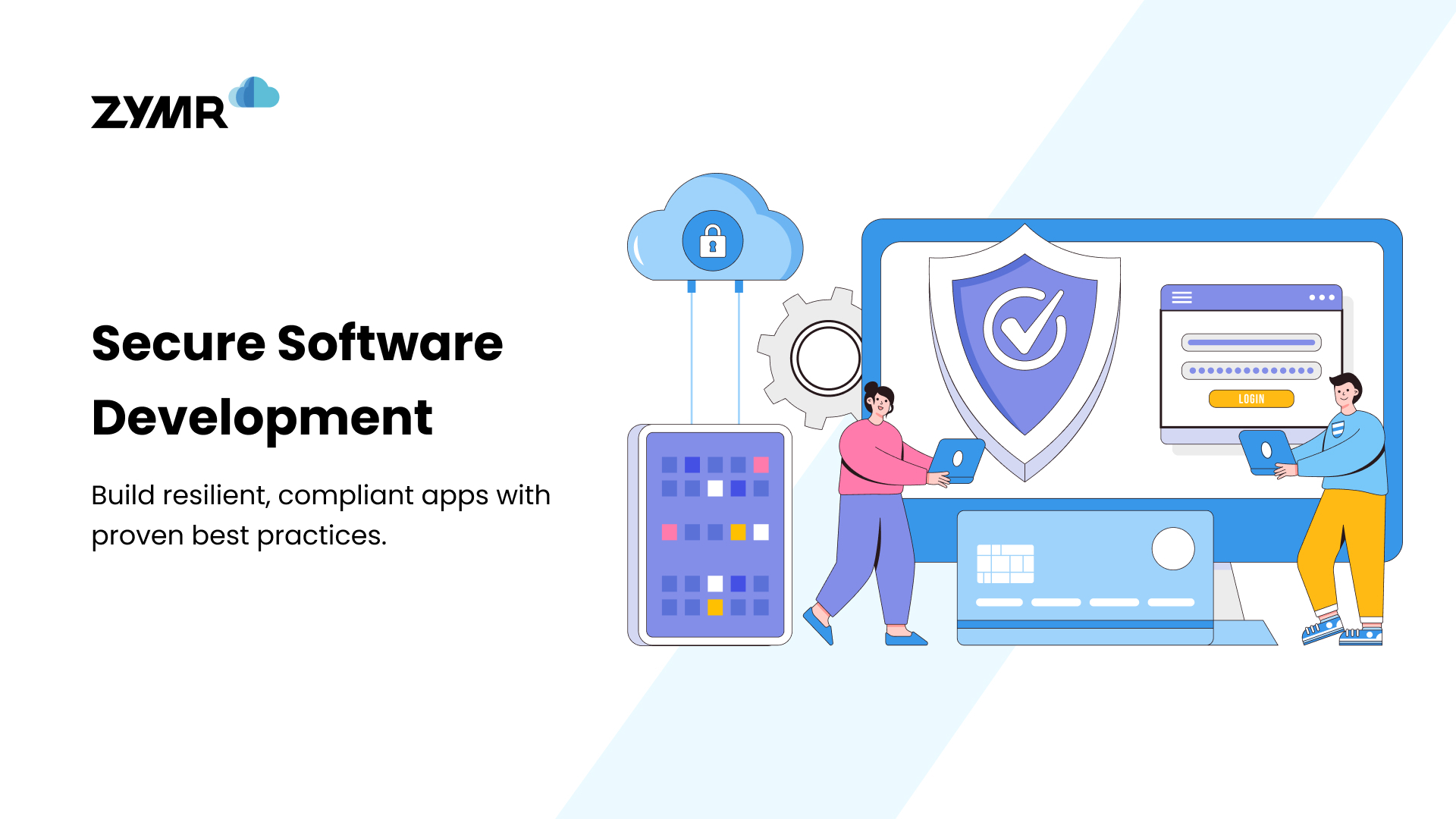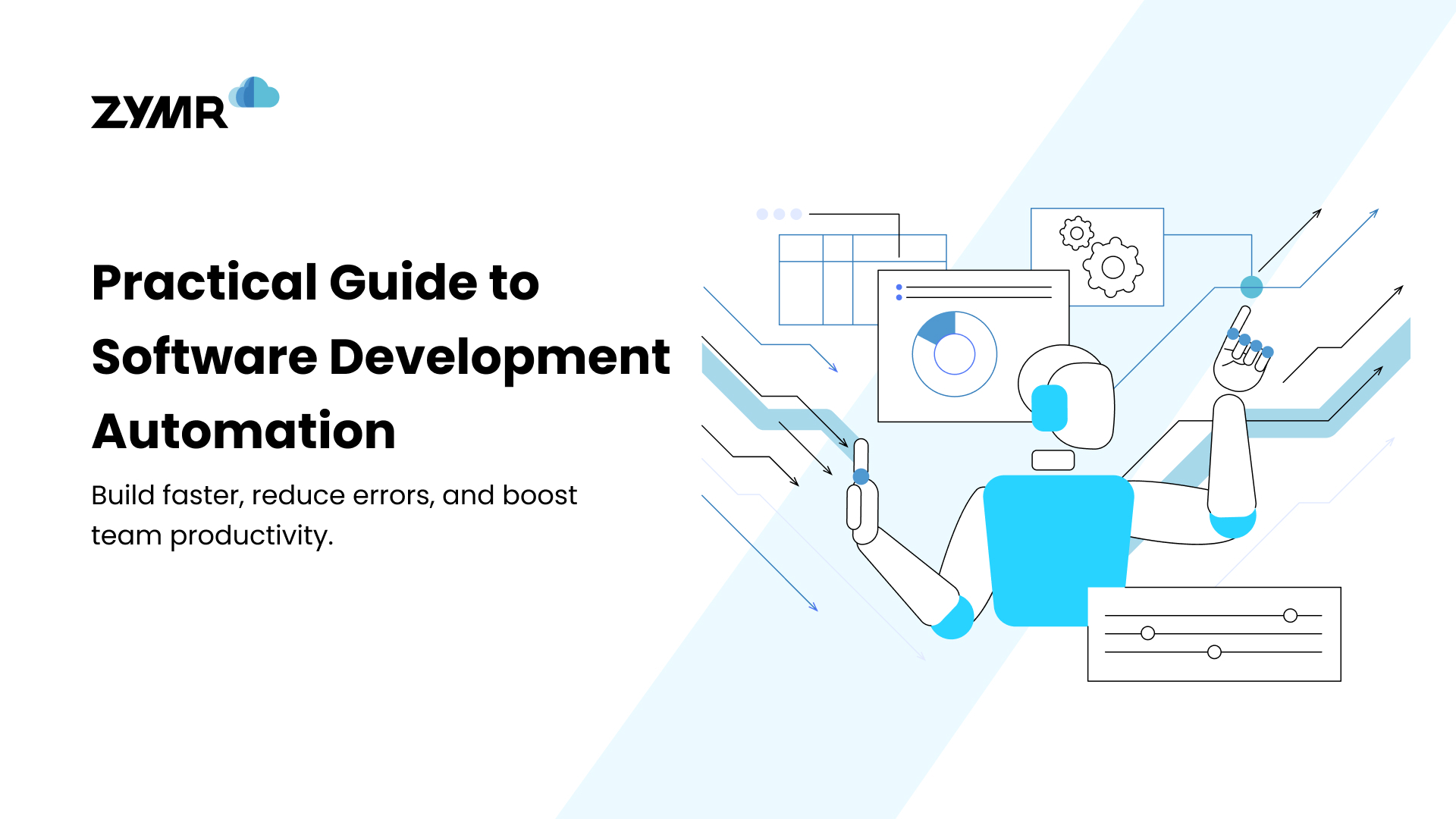Software Defined Datacenters Will Revolutionize Your DevOps Environment

May 28, 2024
Technology
On the heels of cloud technology is another trend gaining more traction for organizations – Software Defined Datacenters (SDDC). Traditionally, data centers were hardware-driven: each application or business unit had specific requirements which were met by a few dedicated servers, routers and storage devices. In SDDC, these requirements are met by providing a single operational and management platform with communications between applications managed by Application Programming Interfaces (APIs). In essence, hardware management is performed using software-driven intelligence. SDDC is comprised of five components: Software Defined Computing (SDC), Software Defined Networking (SDN), Software Defined Storage (SDS), Automation Orchestration and Management.
General Benefits of SDDC
Organizations adopting a SDDC approach are experiencing the best of cloud and traditional on-premise solutions. Hardware dependency is eliminated as all hardware is commoditized; negating the need for specialized training in vendor hardware. SDDC enables organizations to manage the entire infrastructure from a central control point by the click of a button; where data can be monitored, systems updated and storage resources allocated easily. ‘Software Defined’ alludes to the idea that resources are abstracted into software code, automation is applied and orchestration is performed as a part of software intelligence. Manual work by humans is eliminated: reducing time in performing work, eliminating rework because of user error and increasing speed of delivery.
SDDC and DevOps
Though the SDDC concept has sprung from the operational side of IT, the businesses goals are similar to those of DevOps: reducing risk, decreasing operational expenses, improving time to market and stability. For years, DevOps has promoted collaboration between development and operations to ensure repeatable, consistent handoffs between business lines and IT. In a report from Enterprise Management Associates (EMA) regarding the obstacles and priorities of Software-Defined Data Center in 2014, the concerns and expectations were similar to those found in enabling DevOps. Of particular interest is the focus on deployment and automation of applications infrastructure, as well as measurements: all key concerns of DevOps.
SDDC Benefits DevOps
How does SDDC benefit DevOps and Agile? The foundation of SDDC is cloud virtualization which takes physical infrastructure resources and automatically allocates them as virtual resources to workloads. Optimal utilization of these resources is experienced as the virtualized layer is managed to rebalance resources against workloads to provide users with an experience of unlimited resources on-demand. With the right management tools and APIs, multi-tier applications stacks can be provisioned or cloned automatically in a matter of seconds. Amazon.com claim they take 11.6 seconds between deployments with 10,000 hosts being deployed simultaneously.The use of rich and robust APIs in SDDCs enable DevOps to leverage automation and streamline delivery. With a few lines of code, DevOps can deploy, orchestrate and share massive amounts of resources with operations teams and customers. Since collaboration between research and development and operations is a primary principle of DevOps, the software defined platform of the SDDC provides a flexible environment to access and share resources and data.In software development, long project schedules can be reduced in two ways: reduce the time required to perform a set of tasks or run several tasks in parallel. An SDDC environment enables both to be accomplished. The accessibility of cloud-based resources allows development and testing teams to use virtual machines on-demand rather than wait for provisioned or problematic hardware: resulting in overall reduction in schedules run using the traditional waterfall approach. The same accessibility allows developers to work several projects, testing and administrative duties in parallel.The level of automation and orchestration required in cloud environments and SDDCs generates massive amounts of information relative to traditional infrastructures. Monitoring and logging tools can be linked to SDDC resources to allow operational issues to be identified and remedied quickly and enhance service delivery tracking and reporting, all useful in identifying and prioritizing the work of developers.The concepts and priorities of DevOps and SDDC are congruent with each other; creating a mutually beneficial opportunity for organizations capitalizing on the capabilities of both where the SDDC provides the infrastructure to DevOps, who returns with the Agile approach to iterative improvement of the infrastructure and the software running on that infrastructure.Everything you need to know about outsourcing technology developmentAccess a special Introduction Package with everything you want to know about outsourcing your technology development. How should you evaluate a partner? What components of your solution that are suitable to be handed off to a partner? These answers and more below.
Conclusion
FAQs
>
>
>
>
>
Have a specific concern bothering you?
Try our complimentary 2-week POV engagement
Our Latest Blogs

July 16, 2025
Secure Software Development: Best Practices to Build Resilient & Compliant App


July 3, 2025





.svg)
.svg)
.svg)
.svg)
.svg)
.svg)
